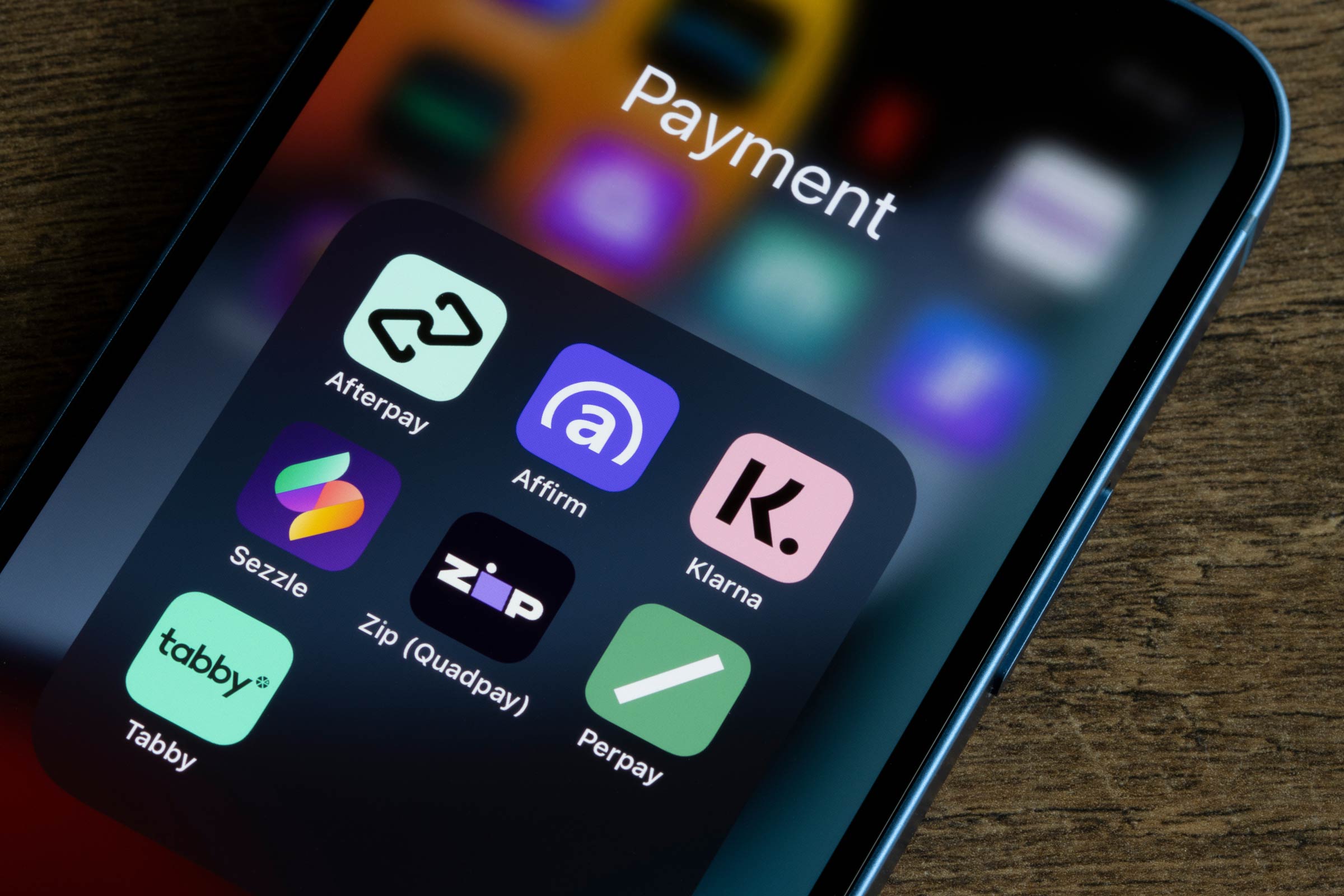Subscribe
The Australian Government’s proposed changes will increase consumer protections and impose more responsibilities on providers
In a challenging economy, buy now pay later schemes (BNPL) have done much to encourage consumer spending. However, with concerns about spiralling personal debt levels and financial vulnerability, the Australian Government is proposing significant changes to BNPL. The aim is to curb consumer spending, but the changes may also impact business profitability. Careful assessment and strategic action are needed to prepare your business for consumer belt-tightening.
What are the issues with BNPL schemes?
Consumers increasingly favour short-term, interest-free BNPL loans over credit cards. However, statistics show that Australia is one of the fastest-growing BNPL markets in the world, having expanded by around 25 per cent following the coronavirus outbreak in 2020. At the same time, financial counsellors and consumer groups have noted serious concerns with BNPL schemes, especially in the face of increasing interest rates and living costs.
One significant issue is that interest-free BNPL providers generally aren’t bound by consumer protection laws, so unlike banks and other financial institutions, they don’t have to ensure applicants can meet their payment obligations. Users can be saddled with debts they can’t afford, impacting their credit status and ability to access loans in the future. Additionally, BNPL users are often young adults, newly independent and frequently financially inexperienced.
Another issue is that late payment fees and other fees can be uncapped if the scheme hasn’t committed to the voluntary industry code.
Why did the Federal Government propose changes to BNPL schemes?
The Federal Government’s BNPL concerns were highlighted in Assistant Treasurer Stephen Jones’ speech to the Responsible Lending and Borrowing Summit in May 2023. He noted that:
“There are now around 7 million active BNPL accounts in Australia. The average BNPL consumer uses it for 18.2 transactions per annum, with an average transaction amount of $136.”
Further:
“Last year, ASIC found that 19 per cent of BNPL consumers showed two or more indicators of financial stress, such as cutting back on essential items or missing payments on other bills.”
He also identified that some BNPL users had multiple accounts, allowing them to accumulate excessive debt. He added that higher-risk groups included:
Women
People in abusive relationships
First Nations communities
People on low incomes
What are the Federal Government’s proposed changes?
In November 2022, The Treasury released an Options Paper titled Regulating Buy Now, Pay Later in Australia. It outlined three possible options for change.
In his May 2023 speech, Assistant Treasurer Stephen Jones said that the Government preferred Option 2, which would see BNPL products regulated as credit products. Proposed changes would require BNPL providers to:
- Hold Australian Credit Licenses
- Comply with Responsible Lending Obligations, including checking on a person’s ability to meet the payment obligations
- Meet other legal requirements to ensure consumer protection
- Comply with restrictions about unacceptable marketing of BNPL schemes
Also, the Australian Securities and Investment Commission (ASIC) will have stronger enforcement powers.
What do the proposed changes mean for my business?
It’s worth considering how the proposed changes may affect your business before the draft legislation is released in late 2023.
Significantly, as a BNPL merchant, you won’t be obliged to assess a person’s suitability for BNPL. That responsibility will fall to the BNPL providers, such as Afterpay, who would become authorised credit representatives. It’s a welcome sign for retailers navigating tough financial times and feeling the interest rate pinch. However, it may also result in reduced sales because potential customers may find it more difficult to access credit.
Option 2 says that the level of checking into a person’s payment ability could vary depending on the risk level of the BNPL product or service. So checking a person’s financial documents may not be necessary for something low-risk. However, this may be a controversial and ultimately unsuccessful idea, given that:
- The average BNPL transaction of $136 is already relatively low; and
- It doesn’t address the financial vulnerability of users with multiple BNPL accounts.
On the other hand, if you have a more expensive offering, you’ll need to assess your customer demographic, including the portion of customers using BNPL. You may also need to consider what would happen to your bottom line if BNPL buying decreased.
What should I do to prepare my business?
The Bill for the proposed changes isn’t likely to be introduced to Parliament until at least the end of 2023, so now is the time to implement any contingencies to help your business become more robust. For example, we recommend that you:
- Assess how much business you are doing due to BNPL payments
- Work out a plan for cost savings if the proposed changes force a drop-off in sales
- Identify what level of responsibility your business will have under the proposed changes
- Work out a plan for bolstering sales or launching new offerings to offset any loss of current business
- If possible, get involved in any industry consultations
- Seek our legal advice
The final word
Many sectors will welcome more stringent regulation of BNPL. However, BNPL schemes have been a boon for many businesses, keeping them afloat in tough financial times. So the proposed changes may have a significant negative impact, especially in the retail sector. It’s a good idea to consider how you will weather any reduced business, so we recommend that you plan thoroughly, plan early and seek legal advice as soon as possible.
For more information about buy now pay later schemes, get in touch.
Subscribe




